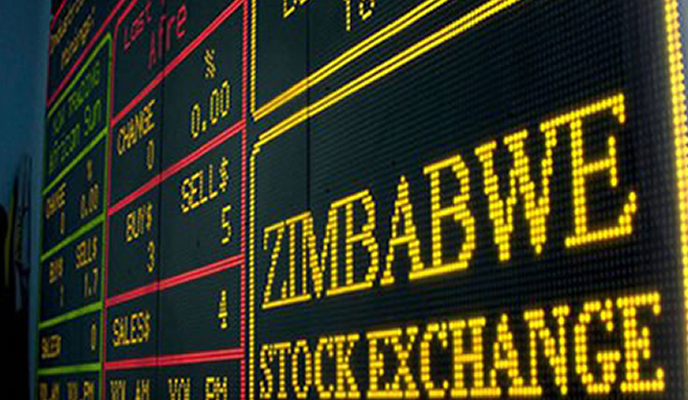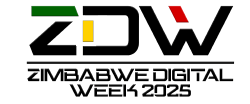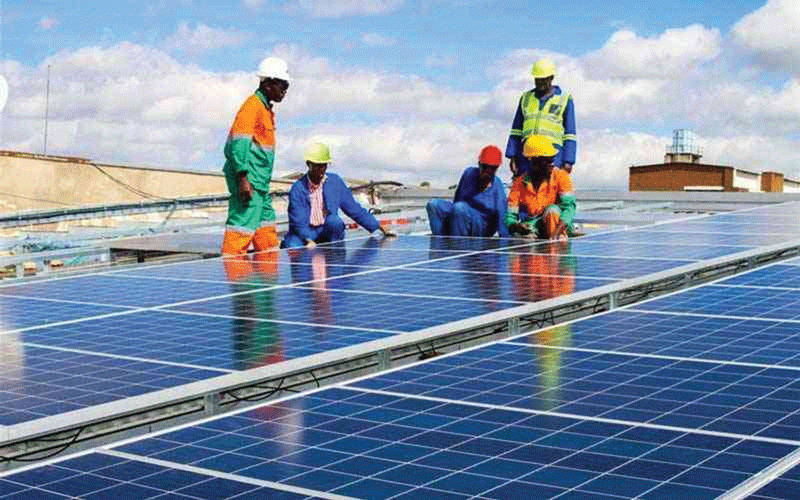
The ease with which firms list on stock markets through international public offerings (IPOs) matters for Africa’s corporate finance. IPO Watch Africa 2014 found that US$37,4 billion was raised through 90 IPOs and further offers from 2010 to 2016 in African capital markets.
By Kudzai Goremusandu
The IPOs brought in $6,3 billion. Twenty-four African companies were listed on equity markets in 2014, raising $1,7 billion through 24 IPOs and some further listings. Listings on the Johannesburg Stock Exchange accounted for 32% of Africa’s total IPO capital in 2013 and 44% in 2014.
Reflecting improved investor sentiment across the continent during 2010-16, recent IPO trends indicate a greater share of capital raised on markets outside of South Africa. Further offers, in contrast to IPOs, remained dominated by capital raised in South Africa, which accounted for 87% of proceeds in 2016.
Several top IPOs in 2015 and 2016 had a notable international component, either foreign companies raising capital directly on African exchanges, or African companies marketing shares to international investors through dual listings or sales to institutional buyers abroad.
In addition to the $31,1 billion raised through further offers on African exchanges from 2010 to 2014, $1,2 billion of further offer capital was raised by African companies on international exchanges. Johannesburg (South Africa) has the most companies listed and the biggest capitalisation in Africa, followed by Cairo (Egypt), Lagos (Nigeria) and Casablanca (Morocco) Investment portfolio inflows to Africa in 2015 were half the size of the period from 2012 to 2014.
While bond issuances have remained resilient, portfolio equity inflows were reversed in the second half of 2015. Over the last decade, portfolio equity inflows to Africa have increased their share of total investment, with peaks in 2006 and 2012. A key development during the 2000s has been the increasing reliance of African governments on markets for foreign and domestic debt financing.
Compared to the emerging economies, portfolio flows to Africa’s leading markets have been relatively resilient. According to the World Bank (2016a), global investors withdrew about $52 billion from emerging market equity and bond funds in the third quarter of 2015.
- Chamisa under fire over US$120K donation
- Mavhunga puts DeMbare into Chibuku quarterfinals
- Pension funds bet on Cabora Bassa oilfields
- Councils defy govt fire tender directive
Keep Reading
During the 2008-09 global financial crisis, portfolio inflows fell sharply. Since 2010, by contrast, gross portfolio inflows to Africa have stayed positive.
They peaked in 2010 and 2012, adding up to more than $32 billion each year. The ending of quantitative easing in the United States, oil market uncertainty and political risks have weighed on investor sentiment towards Africa recently, however. In 2015, gross portfolio inflows to Africa fell by $10 billion compared to 2013 and 2014, to $13,4 billion. For 2017, they are expected to stay flat.
Gross portfolio outflows from Africa stayed at roughly $5 billion each year from 2013 to 2015. Consequently, Africa’s net portfolio flows (inflows minus outflows) have remained positive since 2010. On balance, they have contributed net foreign savings to Africa worth $82 billion during 2010-15, or $13,7 billion annually on average.
Equity portfolio flows have been volatile over the past two decades. From a net equity outflow for 2009 they jumped to a net inflow in 2010 of almost $20 billion. Since then, they have levelled off, to a mere $1,2 billion for 2015.
While equity flows can be an important form of participatory finance, they are not a reliable source of foreign finance. IPOs, by contrast, matter more for corporate finance in Africa. From 2010 to 2014, Africa has successfully raised corporate capital through IPOs and further offers that exploited booming African stock markets Volatile portfolio equity flows were reflected in most African equity markets that produced negative returns in the second half of 2015.
Many observers see the US Federal Reserve’s policy tightening as the culprit for the recent retrenchment. Domestic factors have also contributed to reduced investor demand for assets from emerging economies. Slower world growth added to investor concerns, particularly against the backdrop of the commodity price slump.
Bond issues rose substantially in sub-Saharan countries from 2011 to 2014. In 2011, there were $1 billion in bond issues. By the end of 2014 the figure was $6,2 billion(Vellos, 2015). Some countries had benefited from debt relief programmes such as the Heavily Indebted Poor Countries initiative and the Multilateral Debt Relief Initiative.
Up to mid-2014, steady global market conditions and the potential for higher returns for investors had paved the way for more access to international markets, where the average return for these bond issues is about 6.6%, with an average maturity of 10 years. In 2015, in the face of declining bank credit flows and net portfolio outflows, some countries continued to tap the international bond market to finance investment programmes.
Ivory Coast’s sovereign bond issue in 2015 was followed by Gabon, Zambia, Ghana, Angola, and Cameroon. Angola and Cameroon issued maiden 10-year bonds (World Bank, 2016c).
The six countries issued bonds worth $6 billion by the end of 2015. Eurobond issues by sub-Saharan countries with stronger economies (excluding South Africa) held up well in 2015 (Masetti, 2015). Bond issues in 2015 compare to annual volume at record levels in 2013 and 2014 when 12 countries, many of them debut issuers, placed bonds worth $12 billion in international capital markets.
Bond spreads reflected the tough economy, the change in investor sentiment and rating changes, especially in the second half of 2015. While new issues went ahead, Africa’s borrowers had to offer significantly higher yields, and yields on secondary markets jumped to multi-year highs.
For Zambia and Ivory Coast, primary market yields increased by 70 and 100 basis points respectively, and for Ghana, by 260 basis points to 10,8% in relation to the last issues in 2014. Angola, a new bond debt issuer, had to offer a yield of 9,5%.











